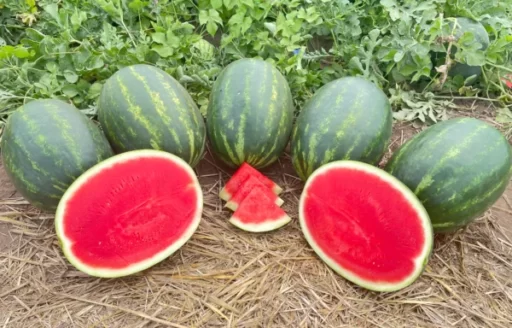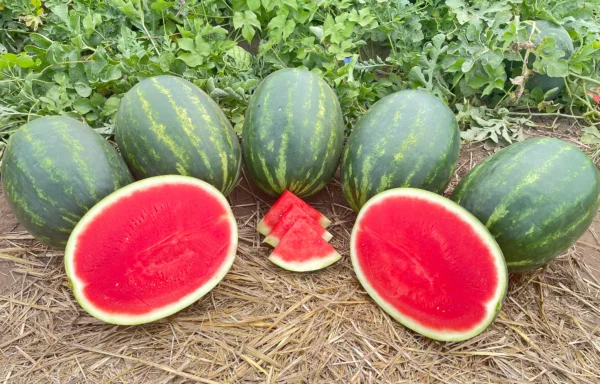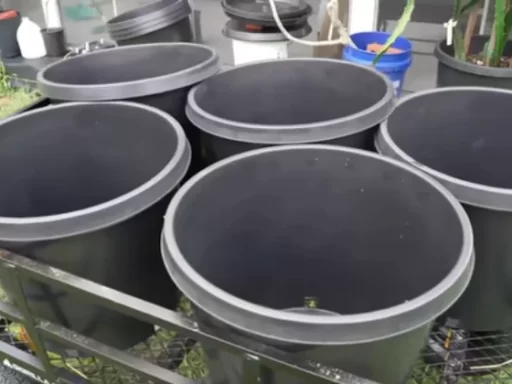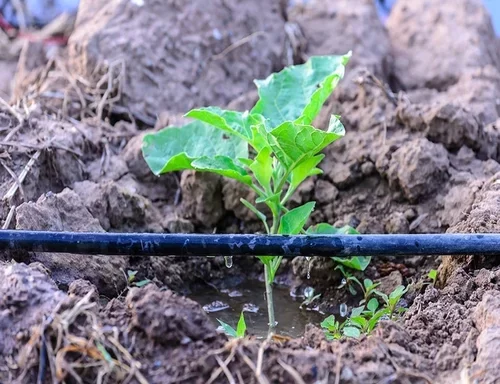Growing your own food is a rewarding experience that not only cuts down on grocery bills but also ensures fresh, flavorful produce every day. With a little planning and the right techniques, even a modest garden can yield enough food to supply two adults with fresh produce all year round. This article will explore the secrets of creating a self-sufficient garden, from choosing the right crops to managing the soil and compost. With dedication, anyone can transform their backyard into a productive food oasis.
Setting the Vision for a Self-Sufficient Garden
The idea behind a self-sufficiency garden is to grow enough food to meet the daily needs of two adults. The goal is to produce around 1-2 kilograms (or approximately 2 pounds) of fresh produce each day. By selecting the right crops and learning how to preserve them, it’s possible to reduce dependence on grocery stores while enjoying a variety of home-grown vegetables and fruits year-round.
Why Choose Self-Sufficiency?
There are many reasons people turn to self-sufficiency gardening:
- Reducing grocery bills: By growing your own produce, you can save significantly on food costs.
- Health benefits: Freshly harvested vegetables are richer in nutrients and free from harmful pesticides.
- Sustainability: Growing your own food reduces your environmental footprint, contributing to a more sustainable lifestyle.
- Flavor: Home-grown produce often tastes better than store-bought options, giving you the satisfaction of knowing exactly where your food comes from.
Choosing the Right Crops for Your Garden
Choosing crops wisely is essential for a self-sufficient garden. The key is to focus on varieties that provide high yields, are easy to preserve, and fit into your meal plans.
High-Yield Crops for Maximum Efficiency
For a self-sufficiency garden, you’ll want crops that provide a significant amount of food per square meter. Some great options include:
- Potatoes: A staple food that provides energy and is relatively easy to grow.
- Onions: A versatile crop used in a wide variety of dishes, onions are easy to store and preserve.
- Beans: Runner beans and field beans are high in protein and yield large amounts of produce.
- Chard: A leafy green that grows in abundance and is simple to prepare and store.
- Tomatoes: Particularly beefsteak and green zebra tomatoes, which provide a high yield and are perfect for sauces, salads, and preservation.
- Cucumbers: Ideal for snacking and salads, cucumbers grow prolifically in the right conditions.
Seasonal Rotation
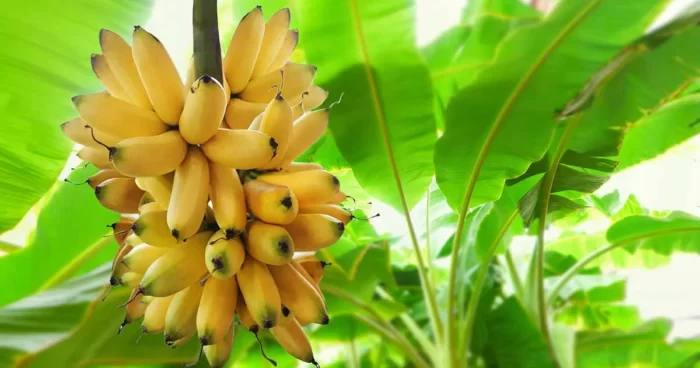
One of the secrets to a productive garden is rotating crops to align with the seasons. In the summer, focus on tomatoes, cucumbers, and beans, while in the winter, plant root vegetables like carrots, beetroots, and cabbages. Winter vegetables, such as kale and winter cabbage, can be left in the ground, eliminating the need for preservation and providing fresh produce even in colder months.
Creative Crop Planning
Avoid overproducing any single crop by planting a wide variety of vegetables. A garden filled with diverse plants allows for more creativity in the kitchen, preventing the boredom of eating the same food every day.
Soil Health and Composting
Building Healthy Soil
Good soil is the foundation of any successful garden. A self-sufficient garden requires nutrient-rich soil that can sustain the demands of continuous planting and harvesting. Start with a layer of quality topsoil, and enrich it with compost. A simple mix of old cow manure and compost can be enough to maintain fertile beds.
Composting for Self-Sufficiency
Creating your own compost is essential for self-sufficiency. You can achieve up to 90% self-sufficiency in compost production by recycling garden waste and organic matter like grass clippings, vegetable scraps, and old leaves. A hot bed, filled with decomposing materials like comfrey, dock leaves, and nettles, can produce a steady supply of nutrient-rich compost.
Liquid Fertilizers
In addition to compost, liquid feeds can provide an extra boost to plants. Organic liquid seaweed feed is an excellent all-purpose fertilizer that can be used to supplement your garden’s nutrition.
Efficient Use of Space: Raised Beds and Low Tunnels
Raised Beds for Organized Growth
Raised beds are ideal for small gardens because they provide excellent drainage and allow you to organize plants efficiently. The controlled environment of raised beds also makes crop rotation easier and keeps everything neat. They are particularly beneficial in areas where the soil quality is poor or uneven.
Low Tunnels for Extended Growing Seasons
For gardeners who can’t afford or don’t have space for a polytunnel, low tunnels made of simple materials like plastic sheeting can offer similar benefits. Low tunnels extend the growing season, allowing you to plant crops earlier in the spring and keep them growing later into the fall.
The Importance of Crop Selection and Preservation
Crop Selection for Preservation
Crops like mangetout peas and sugar snaps are easy to grow and preserve, requiring minimal preparation before eating. These types of vegetables are ideal for busy gardeners who don’t want to spend time peeling or prepping.
Winter Vegetables
Winter vegetables, such as kale and cabbages, are valuable because they grow slowly but don’t require refrigeration or preservation. Simply leave them in the ground, and harvest as needed throughout the colder months. This minimizes the need for storage space and helps you keep your garden productive all year long.
Harvesting and Weighing Your Produce
When striving for self-sufficiency, it’s important to keep track of your harvests to ensure you’re meeting your goals. By weighing your produce and monitoring the amounts harvested, you can better understand what works in your garden and what doesn’t. This also helps refine your approach for future planting seasons.
Frequently Asked Questions (FAQs)
- What is the best crop to start with for a self-sufficiency garden? Potatoes are one of the best crops for beginners, as they are easy to grow and provide a high yield.
- How much space do I need for a self-sufficient garden? You can start with a small space, even as little as 10 square meters, and gradually expand as you learn more.
- How can I improve my soil for gardening? Adding compost and organic matter such as grass clippings, leaves, and manure can help improve soil fertility.
- What vegetables grow best in raised beds? Raised beds are great for growing leafy greens, root vegetables, and tomatoes, as they offer better drainage and soil control.
- What is the best time of year to start planting? Spring is the best time to start planting most vegetables, but some crops can be planted in the fall for winter harvesting.
- How do I extend the growing season in my garden? You can use low tunnels or cold frames to protect your plants from frost and extend the growing season by a few weeks.
- How do I prevent pests without using chemicals? Companion planting, crop rotation, and using organic pesticides such as neem oil can help keep pests at bay.

